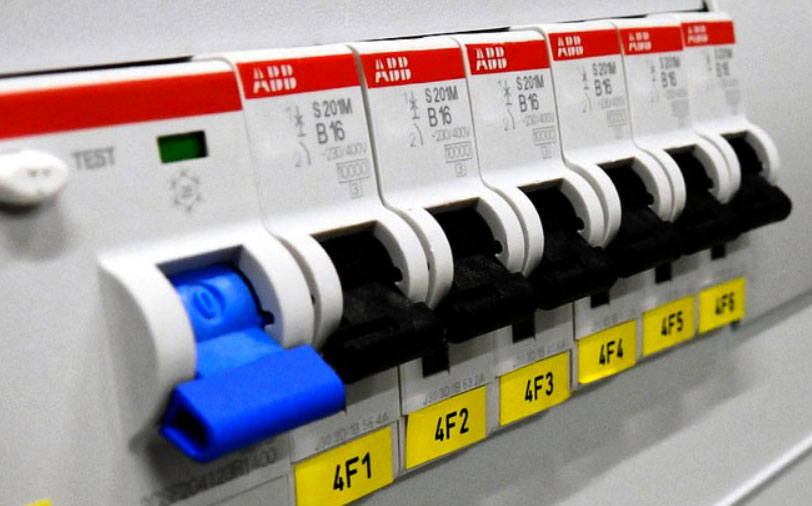Circuit Breaker Controls Power to Your Building
Your electrical board is loaded with circuit breakers, running through and through of the administration board. For comfort, the breakers are typically numbered and mapped, with the odd-numbered breakers running down the left half of the board, and the even-numbered circuits along the right. In any case, sitting on the two lines of branch circuit breakers there is a solitary more significant electrical switch that is usually found right on target in the board. In many establishments, this bigger breaker is situated at the highest point of the board, yet relying upon how the fundamental administration board has been introduced, it could be at the base, or even toward one side of a board mounted sideways. This huge electrical switch is known as the principle breaker, and it assumes a significant job in the electrical framework by offering the methods for detaching capacity to the whole electrical switchboard and consequently closing off capacity to the whole house. What Is the Difference Between the Main Breaker and Branch Circuit Breakers? The fundamental electrical switch is remarkably the same then some other breaker, yet it is intended to deal with the expansive amperage heap of the primary feeder wires conveying electrical capacity to the house. Consequently, it will be by a wide margin the biggest breaker in the crate as far as amperage rating. In a couple of more seasoned homes, the fundamental breaker might be appraised as low as 60-amps, however, it’s considerably more typical for the primary breaker to be evaluated for 100-amps, 150-amps, 200-amps—or much more in a couple of expansive homes. Your primary administration board is intended to bring 240 volts of intensity into your home using two fundamental administration wires, each conveying 120 volts of current. Inside your administration board, these administration wires associate specifically to the fundamental breaker, which at that point circulates shut down through two individual hot buss bars in the administration board. The individual circuit breakers for branch circuits will get their capacity by interfacing with either of these hot buss bars. Circuits for 120-volt circuits interface with one buss bar; circuits for 240-volt circuits associate with both hot buss bars.
